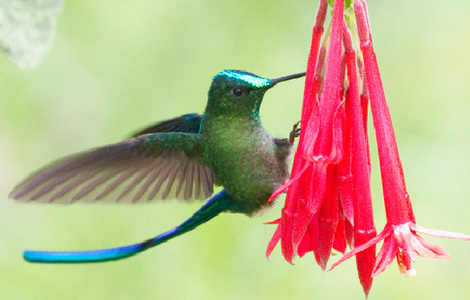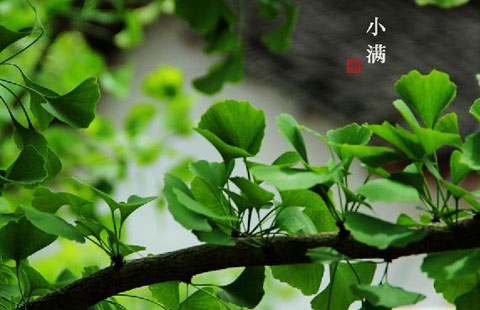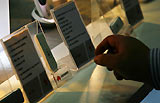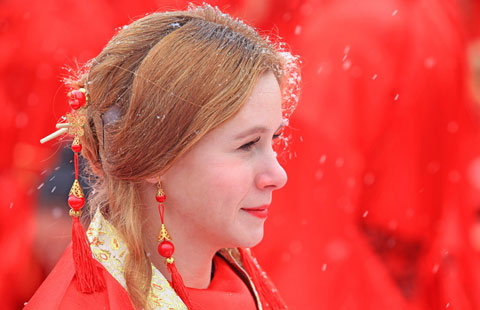Culinary specialists reveal the magic hidden away in ice
Updated: 2015-05-23 06:59
By Zhang Xuan / Mike Peters(China Daily)
|
||||||||
 |
|
Ice artists is creating his work Sheep Live. |
But in the 1980s, environmental concerns led to a ban on cutting trees.
Hernes started a new career, turning to culinary school and learning to making pastries and sweets.
A decade later, however, the hotel industry was booming in the Philippines, and there was a fresh need for people "with the right skills". Although Hernes had not formally learned ice sculpting, hotel executives from Asia to Saudi Arabia found that his woodcarving skills made him a natural.
In 1986, Winston was sent to Japan for training ice-sculpting, and eventually led a team that won a silver medal in a snow-sculpting contest in Sapporo.
"I was very proud of this victory, although ice craving was pretty new to me," Winston says. He still remembers this 3-meter-square winning piece: "a guy squatting and peeling coconuts". He has not had a chance to visit China's famous ice and snow festival in Harbin, with its building-sized carvings of ice, but he'd like to have a look sometime.
Winston has devoted himself to ice sculpture now for more than 15 years, and also doesn't have much trouble making fancy shapes out of "other stuff ": fruit, chocolate, watermelon and even butter.
"Ice is easier to carve than wood," he says, grinning. "The only challenge for me is time," he adds.
Cao Jitong, a baking specialist from Beijing Sun Helen Bakery School, spent eight years with Hernes making culinary art at the Kempinski hotel, and more than 30 years in the trade.
- Building collapse in Guizhou caused by landslide: govt
- Xi welcomes Japan delegation but warns against historical distortion
- Chinese Vice-Premier stresses flood control
- China to draft more social work standards to improve service
- Hospital fee adjustments won't raise medical bills
- Newspaper tells staff to start own business

 Colombia: A birdwatcher's paradise
Colombia: A birdwatcher's paradise
 Journey of a migrant girl from village to ad world
Journey of a migrant girl from village to ad world
 Photographer captures Chinese on the train
Photographer captures Chinese on the train
 Hou Hsiao-Hsien's The Assassin premieres in Cannes
Hou Hsiao-Hsien's The Assassin premieres in Cannes
 Top 10 highest-paid white-collar jobs in China
Top 10 highest-paid white-collar jobs in China
 The dying craft of balance scales
The dying craft of balance scales
 Culture Insider: Six things you may not know about Grain Buds
Culture Insider: Six things you may not know about Grain Buds
 Premier Li rides on new China-made train in Rio de Janeiro
Premier Li rides on new China-made train in Rio de Janeiro
Most Viewed
Editor's Picks

|

|

|

|

|

|
Today's Top News
China, Peru agree on feasibility study on transoceanic railway
China manufactures first
car for US market
Wisconsin hopes to make cheeseheads in China
China, Peru to diversify trade focus
Li: 'Great potential' for Sino-Colombian ties
Green-tea flavored coffee: a simile for cultural ties
Beijing responds to surveillance by US plane
Beijing sets out its rights after reports of incursion
US Weekly

|

|







